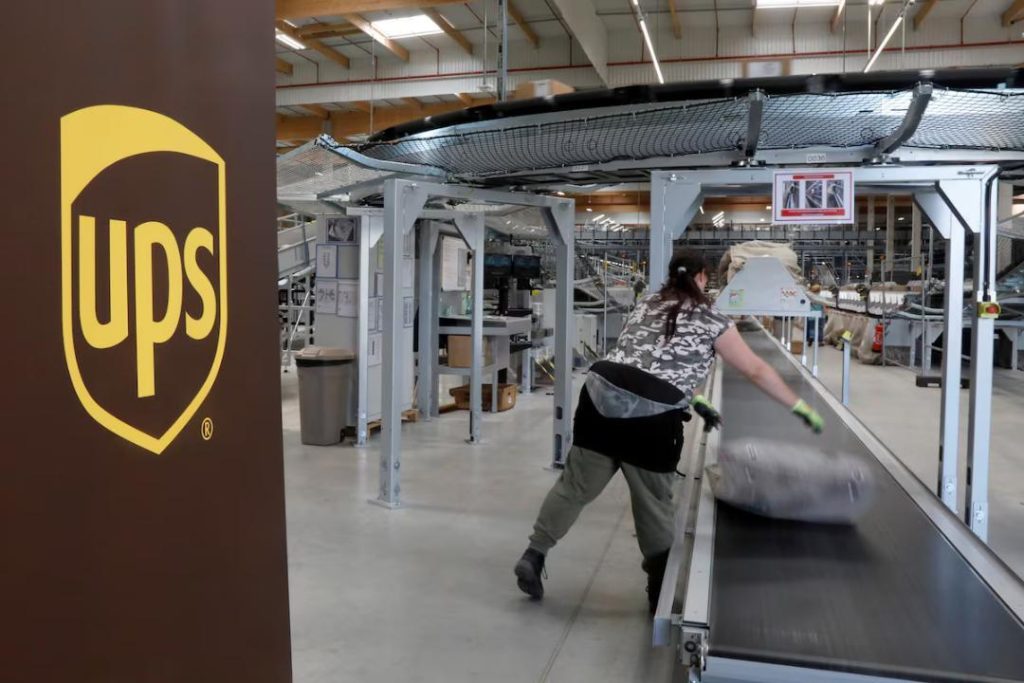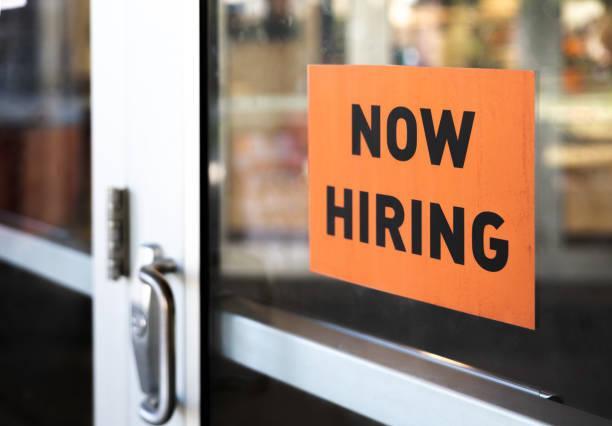
UPS to Cut 20,000 Jobs to Lower Costs and Prepare for Potential Pullback from Amazon
In a move aimed at reducing costs and preparing for a potential pullback from its largest customer, Amazon, United Parcel Service (UPS), the world’s largest package delivery firm, announced on Tuesday that it will cut approximately 20,000 jobs. The company will also shut down 73 facilities as part of its efforts to reconfigure its network and reduce costs across its business.
According to a statement released by UPS, the job cuts and facility closures are a necessary step to ensure the company’s long-term success and adapt to changing market conditions. “The actions we are taking to reconfigure our network and reduce cost across our business could not be timelier,” said UPS CEO Carol Tomé.
The job cuts will affect a range of positions, including management, administrative, and operational roles. The company did not provide details on which specific job functions or facilities would be impacted, but stated that the reductions will be carried out over the next several months.
The decision to cut jobs and close facilities is a response to the changing landscape of the package delivery industry. With the rise of e-commerce, companies like UPS and its competitors, FedEx and DHL, have seen a surge in demand for their services. However, the growth has also led to increased costs, including higher labor and fuel expenses.
Amazon, which is UPS’s largest customer, has been a major driver of the growth in e-commerce. However, the company has been working to reduce its reliance on third-party logistics providers like UPS in favor of in-house delivery capabilities. This has led to concerns among logistics companies that Amazon may reduce its orders or even start to deliver packages itself.
In an effort to mitigate this risk, UPS is taking steps to reduce its costs and improve its efficiency. The company is investing in automation and technology to streamline its operations, as well as renegotiating contracts with its suppliers to reduce costs.
The job cuts and facility closures are part of a broader effort to transform UPS’s business model and position the company for long-term success. The company is also investing in new services, such as its UPS SurePost service, which allows it to offer more affordable and efficient delivery options to its customers.
While the job cuts and facility closures are likely to have a significant impact on UPS’s employees and local communities, the company believes that the changes are necessary to ensure its long-term viability.
“We are taking bold and decisive action to transform UPS into a more agile, efficient, and customer-centric company,” said Tomé. “These actions will enable us to better serve our customers, reduce costs, and invest in the future of our business.”
The news of UPS’s job cuts and facility closures has sent shockwaves through the logistics industry. The company’s competitors, including FedEx and DHL, are also facing similar challenges as they navigate the changing landscape of e-commerce.
However, UPS believes that its decision to cut jobs and close facilities will ultimately benefit the company and its customers. By reducing its costs and improving its efficiency, UPS will be better positioned to compete in the market and offer its customers more affordable and reliable delivery options.
As the logistics industry continues to evolve, it will be interesting to see how UPS and its competitors respond to the challenges and opportunities presented by e-commerce. One thing is clear, however: UPS’s decision to cut jobs and close facilities is a necessary step to ensure the company’s long-term success and adapt to the changing market conditions.






